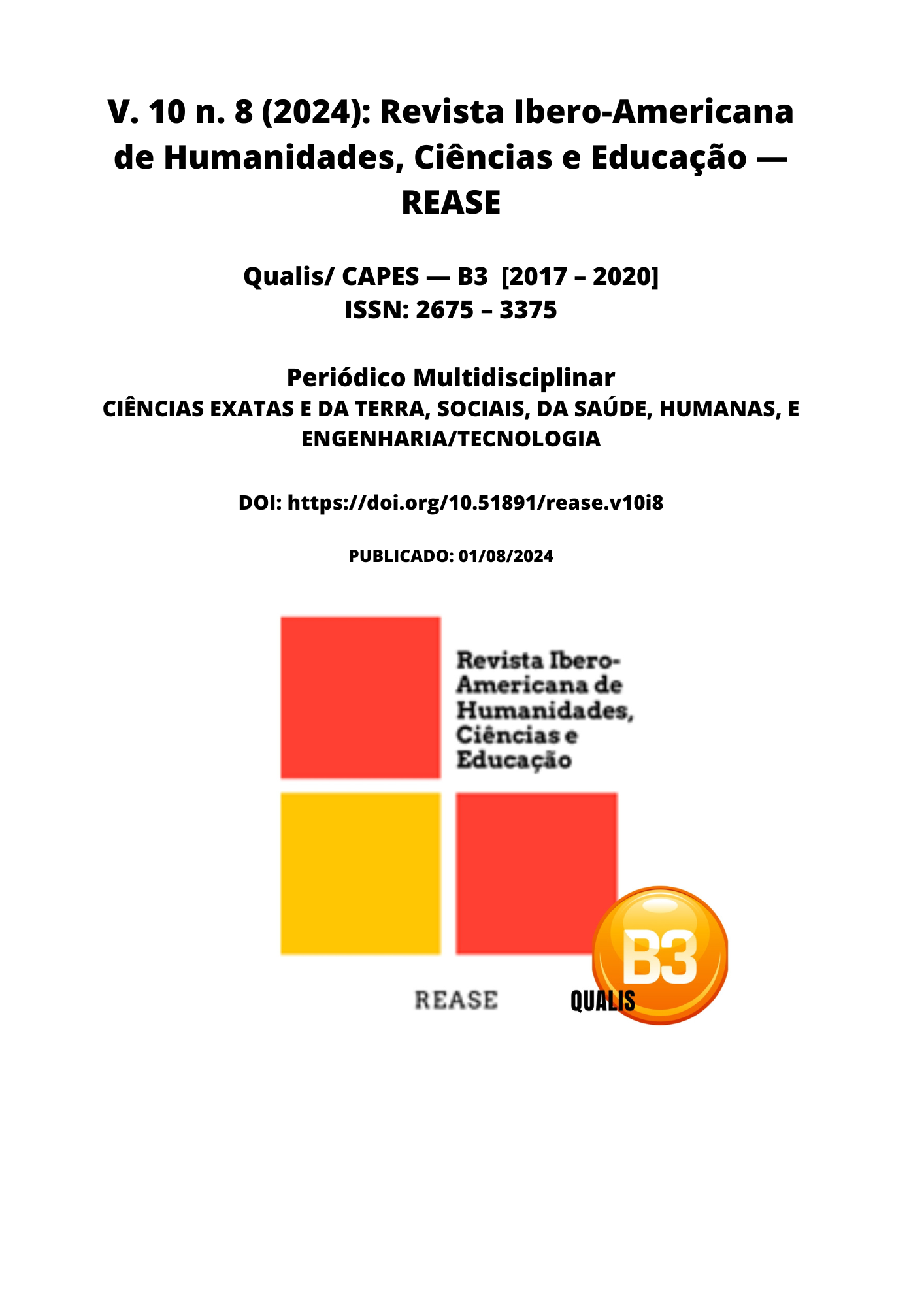SYSTEMIC LUPUS ERYTHEMATOSUS: A COMPREHENSIVE REVIEW OF EPIDEMIOLOGY, CLINICAL MANIFESTATIONS, DIAGNOSTIC APPROACHES, AND TREATMENT ADVANCES
DOI:
https://doi.org/10.51891/rease.v10i8.15155Keywords:
Systemic Lupus Erythematosus. Autoimmunity. Diagnosis. Treatment. Epidemiology.Abstract
Systemic lupus erythematosus (SLE) is a chronic and complex autoimmune disease characterized by the production of autoantibodies and inflammation that can affect various organs and systems of the body. This condition is marked by a wide range of clinical manifestations and can vary significantly in severity, from mild forms to severe forms that compromise the patient's quality of life and functionality. Historically, SLE was first described in the early 20th century, but its understanding has evolved with advancements in diagnostic techniques and the discovery of biomarkers. The prevalence of SLE is global, with significant variations depending on ethnic and regional factors. The disease predominantly affects women of childbearing age, with a prevalence approximately 9 times higher in women than in men. Epidemiological studies highlight a high incidence among populations of African and Hispanic descent, suggesting a significant genetic and environmental component in the pathogenesis of the disease. The clinical manifestations of SLE are extremely varied and may include joint, skin, renal, hematologic, and neurological symptoms. Among the most common clinical signs are malar rash, arthritis, and discoid lesions, as well as more severe complications such as lupus nephritis and encephalitis. Diagnosis is challenging and often requires a combination of clinical and laboratory criteria, including the presence of autoantibodies such as anti-double-stranded DNA and anti-Sm. Treatment of SLE has advanced with the introduction of new therapies aimed at modulating the immune system and reducing disease activity. Management includes the use of nonsteroidal anti-inflammatory drugs (NSAIDs), corticosteroids, and traditional immunosuppressants, as well as new biological drugs such as belimumab, which have shown efficacy in reducing flares and controlling symptoms. Despite these advancements, treatment remains a challenge due to the variability of the disease and the need for personalized therapies. A multidisciplinary approach is essential for managing SLE, involving not only rheumatologists but also nephrologists, dermatologists, and other specialists as needed. Research continues to focus on identifying biomarkers for early diagnosis, understanding pathogenic mechanisms, and seeking new therapeutic options with fewer side effects. This article provides a comprehensive review of the current literature on SLE, addressing its epidemiology, clinical manifestations, diagnostic strategies, and therapeutic options. It emphasizes the importance of early diagnosis and a personalized therapeutic approach to improve patients' quality of life and reduce the impact of the disease..
Downloads
Downloads
Published
How to Cite
Issue
Section
Categories
License
Atribuição CC BY

